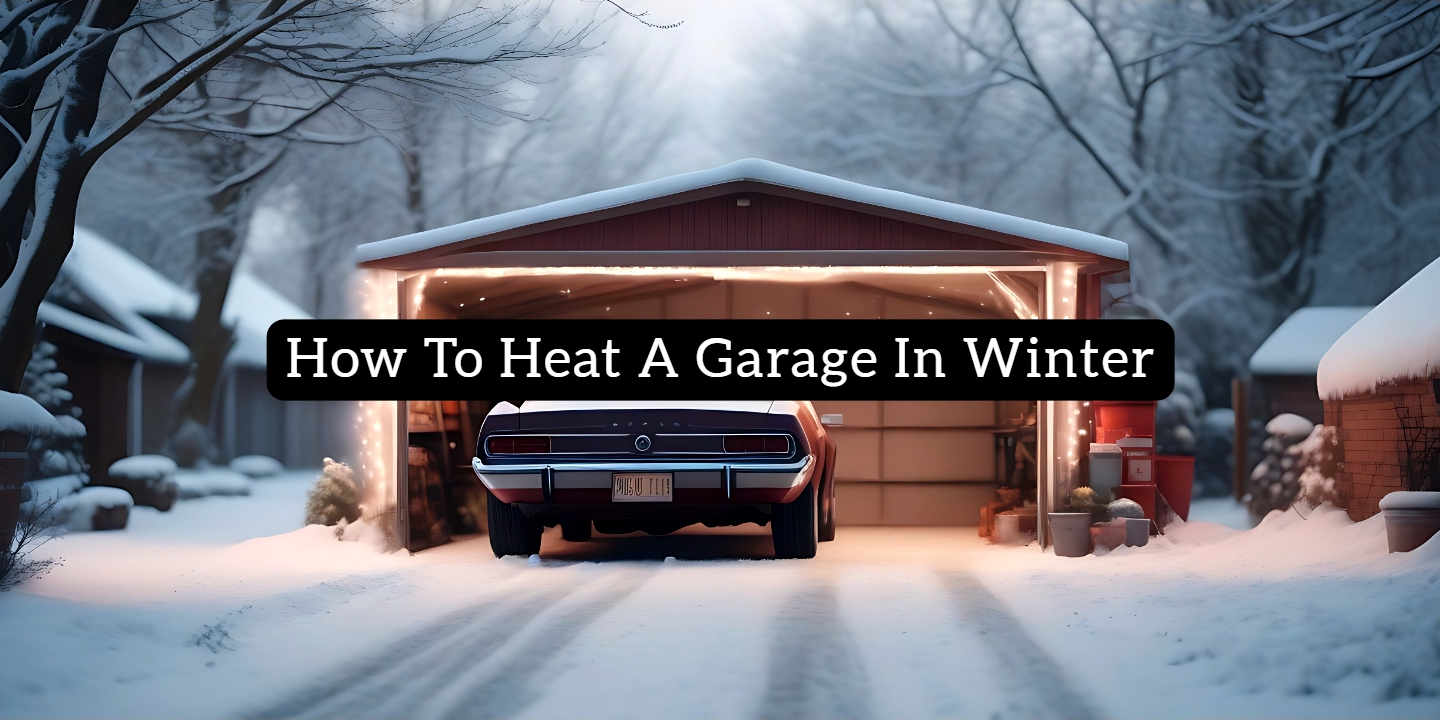As the frost paints landscapes white, a garage door transforms into a portal to a frigid wasteland. But fear not, brave homeowner!
We’re gonna explain how to heat a garage in winter and pinpoint the finest practices to do so. Our guide gives you knowledge and tools to banish the freeze and turn your cold garage into a warm haven for vehicles, hobbies, and anything else.
We’ll guide you through the best methods for heating, point out the most affordable options, and help you decide which one fits your situation the best. There’s a lot to get through here. Let’s get started!
Should You Heat A Garage In Winter?
The answer, like a well-crafted cocktail, isn’t a simple “yes” or “no.” It’s a nuanced blend of factors, each adding a unique flavor to your decision-making process.
Benefits
- Car Comfort: Bid farewell to scraping frosty windows and cranking up the engine to battle the cold. It also means a warm car, ready to whisk you away in toasty comfort.
- Project Paradise: Whether you’re a woodworking enthusiast or a weekend mechanic, a heated workspace makes tinkering a joy, not a teeth-chattering chore.
- Protecting Possessions: Temperature fluctuations can wreak havoc on delicate tools, equipment, and even stored belongings. A stable, warm environment keeps them safe and sound.
- Boosting Curb Appeal: Homes with heated garages tend to have higher resale values, making it an investment with potential future returns.
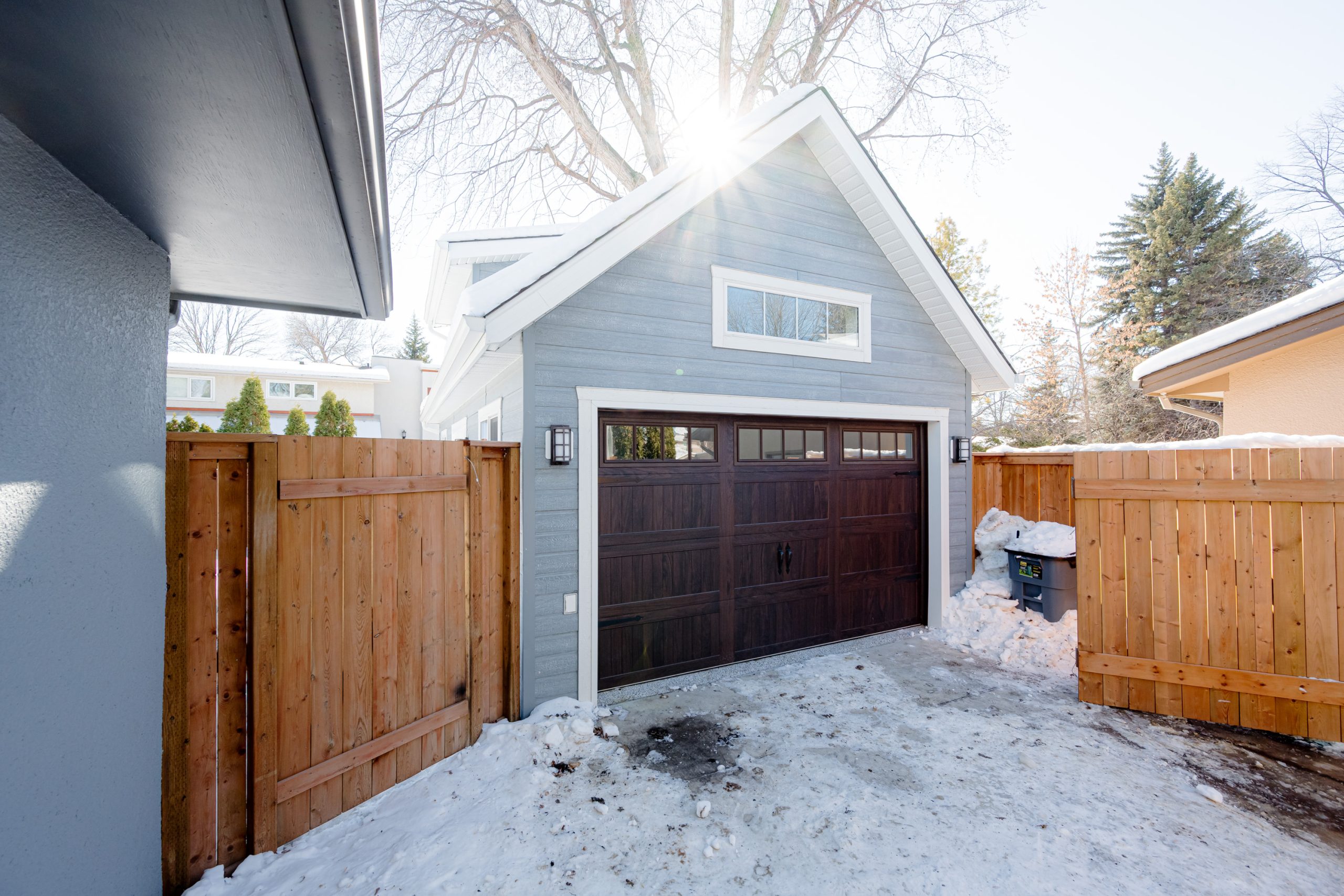
Drawbacks
- Cost Consequences: Generally, it adds to your bill. The type of heater, insulation level, and usage frequency all play a role in the financial impact. Consider this investment carefully.
- Moisture Mischief: Garages are prone to moisture buildup. Adding heat without proper ventilation can exacerbate the problem, leading to mold growth and potential damage.
- Environmental Impact: Counting on the chosen heating source, your toasty garage might contribute to increased carbon emissions. Consider eco-friendly options like radiant heaters or heat pumps.
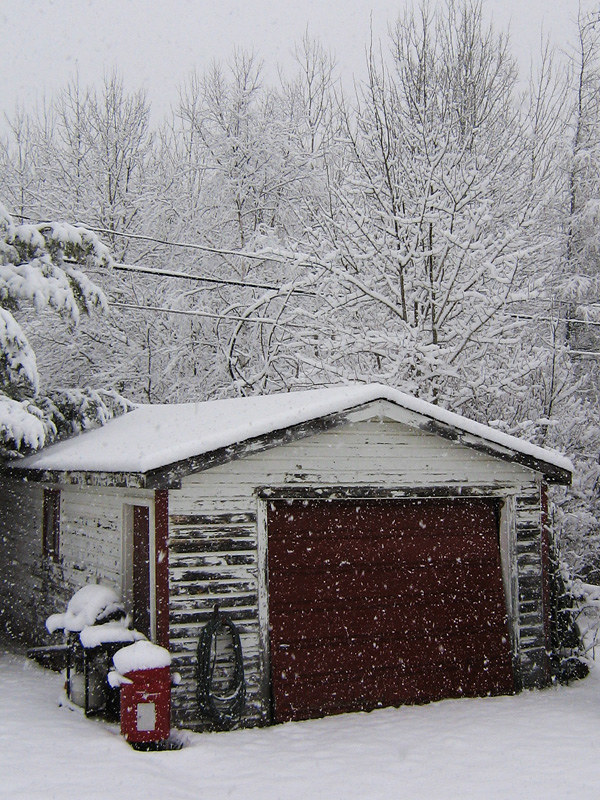
Weighing Your Needs
Ultimately, the decision boils down to a personal equation. Weigh these factors:
- Garage Usage: Do you spend significant time working or relaxing there? If so, the comfort factor might outweigh the cost.
- Climate and Car Type: In harsh winters, a warm place might be necessary for your car’s health and your own comfort.
- Budget and Energy Efficiency: Do you mind additional energy costs? Pick efficient procedures and prioritize insulation.
- Alternative Options: Consider cost-effective resolutions like heated seat covers for your car or portable heaters for specific tasks.
You may also like: 7 Quietest Garage Heaters
What Is The Best Temperature For A Garage In Winter?
As always, finding the magic number on your garage thermostat involves a balancing act of several factors:
- Climate and Insulation: If you live in a brutally cold climate, maintaining a balmy 70F might be impractical and expensive without top-notch insulation. Aim for a moderate temp in the 40-50F range to keep frost at bay and avoid energy bills blowing up like a snowman in July.
- Garage Usage: Do you use it solely for parking, or is it a workshop sanctuary? If it’s just for occasional car storage, a lower temp might suffice. But if you spend significant time working or relaxing in there, aim for a higher range for comfort.
- Car Considerations: While freezing temps won’t damage most modern autos, some fluids and seals can thicken in the cold, potentially impacting performance. A moderate temp can help alleviate these issues.
- Energy Efficiency and Cost: Let’s face it, nobody wants skyrocketing bills. Using smart heating techniques and keeping your home warm at a reasonable level will help you save on bills.
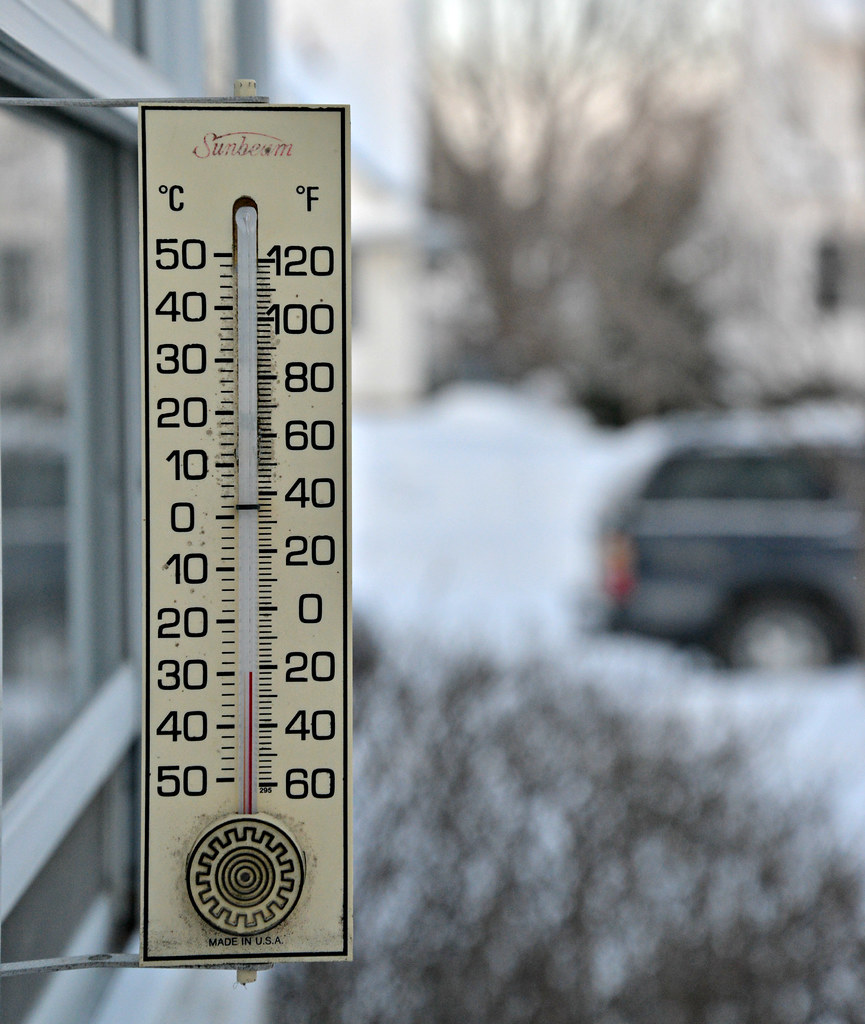
So, what’s the magic number? Here’s a general guide:
- For Minimal Use: 40-45°F range is acceptable. Just ensure it’s above freezing to prevent damage.
- For Regular Activities: 45-50°F. This provides comfort while still staying energy-conscious.
- For the Cozy Connoisseur: 50-55°F. The higher the temp, the higher the potential energy cost.
What Is The Most Efficient Way To Heat A Garage?
There are lots of ways to do that, but we’ve picked up the best 5 options for you to try.
Insulation
Proper insulation is the first line of defense against the winter chill, minimizing heat loss with any heating method. Consider:
- Pros: Incredibly affordable, with no ongoing costs after installation. Smart heating and comfortable temps save on costs.
- Cons: May not be sufficient in areas with extreme cold. Doesn’t offer precise temp control.
Plus, you can try various options:
- Fiberglass Batts: Affordable and easy to install, it can fit snugly between wall studs and ceiling joists, trapping precious heat inside.
- Spray Foam: Offering superior insulation and air sealing, it creates a continuous barrier, eliminating drafts and maximizing efficiency.
- Reflective Insulation: This affordable option reflects radiant heat back into the garage, making it a good choice for walls and doors.
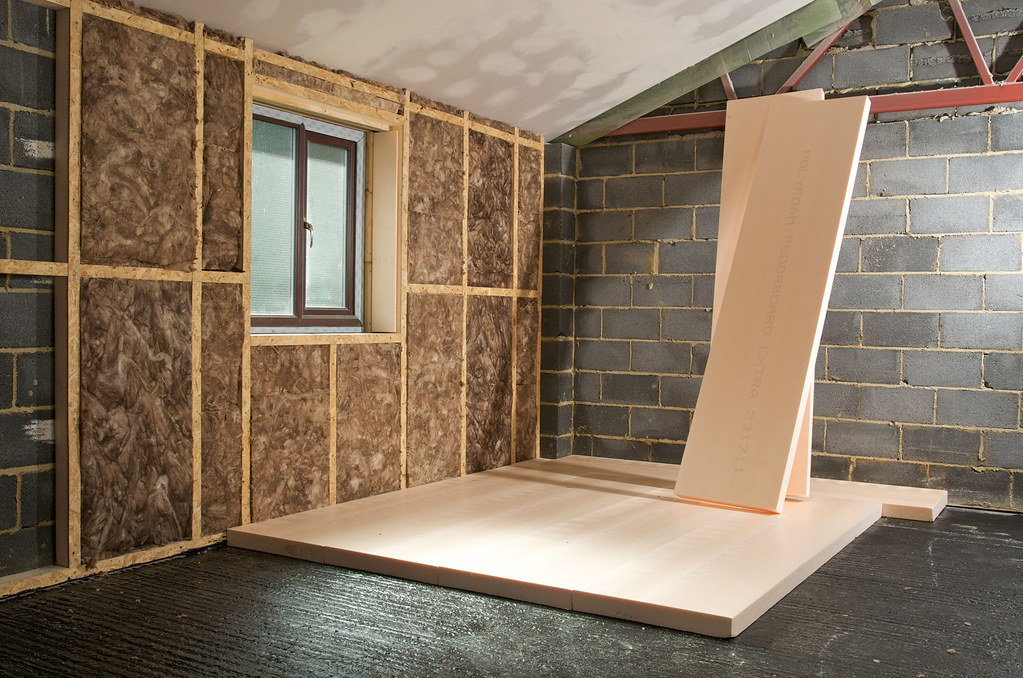
Check also: 7 Best Diesel Garage Heaters
Electric Space Heaters
These portable champions offer quick and convenient warmth, ideal for occasional use or targeted areas. Think of tinkering in your car or enjoying a short winter workout session.
- Pros: Efficient appliances use less electricity, so your bills will be lower. It can be used indoors too. Ventilation is not essential.
- Cons: It takes longer to heat large garages compared to other options. Limited outlets might be a hurdle. Less impactful in uninsulated settings.
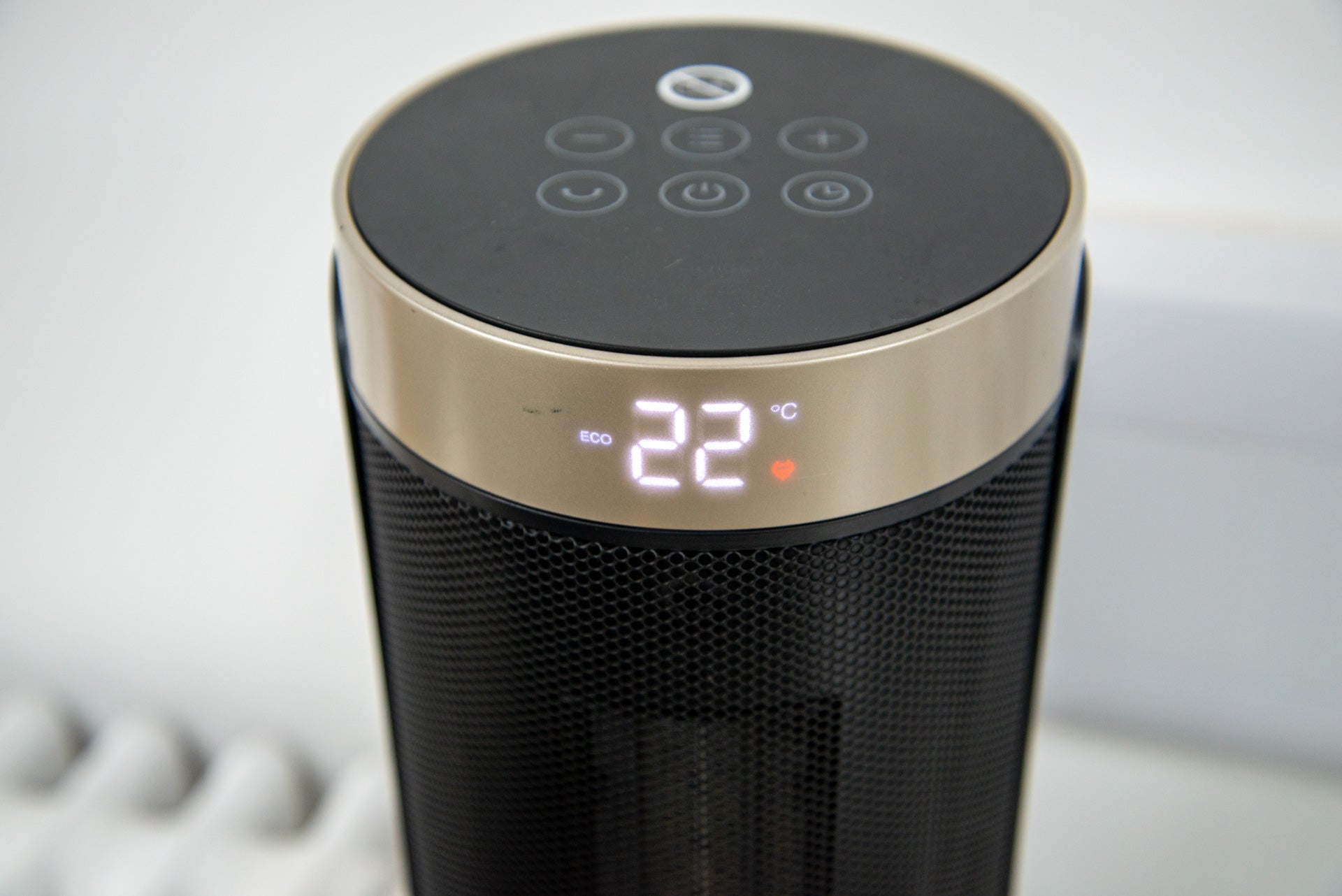
Combustion Space Heaters
These effectively warm a space in a flash, ideal for those seeking a quick dose of warmth before embarking on winter tasks. They also prove to be invaluable during power disruptions.
- Pros: Quickly heats a typical-sized garage to a comfortable temp. Operates even without electricity. Normally cost less to buy than electric ones.
- Cons: Noisy, resembling a jet engine for some. Fuel scent can be bothersome. Fuel costs. Raises moisture, potentially leading to rust if used often.
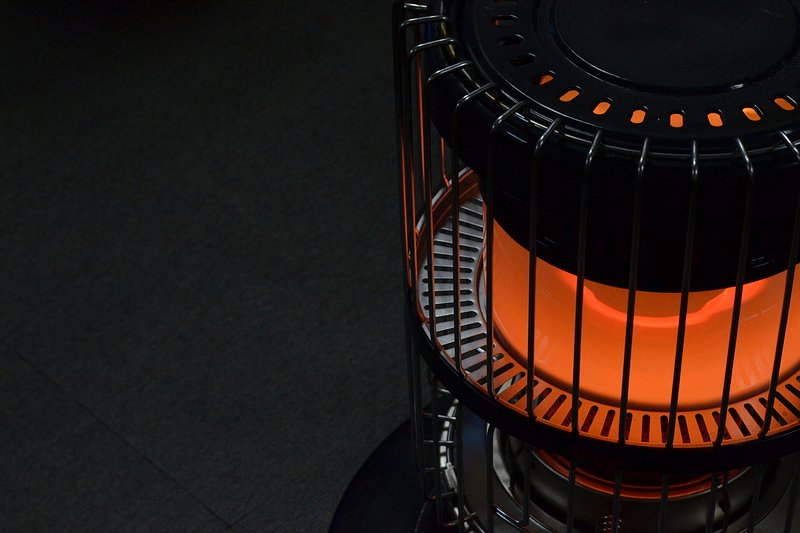
Ductless Mini-Split Systems
These versatile systems offer targeted heating and cooling, ideal for places doubling as workshops. They also boast convenient remote control and placement flexibility.
- Pros: Great for additional room conversion. Provides cooling in warmer months. Flexible placement options.
- Cons: High upfront costs compared to other options. Requires monthly filter cleaning. Not enough heat for very cold places, need a backup heat source.
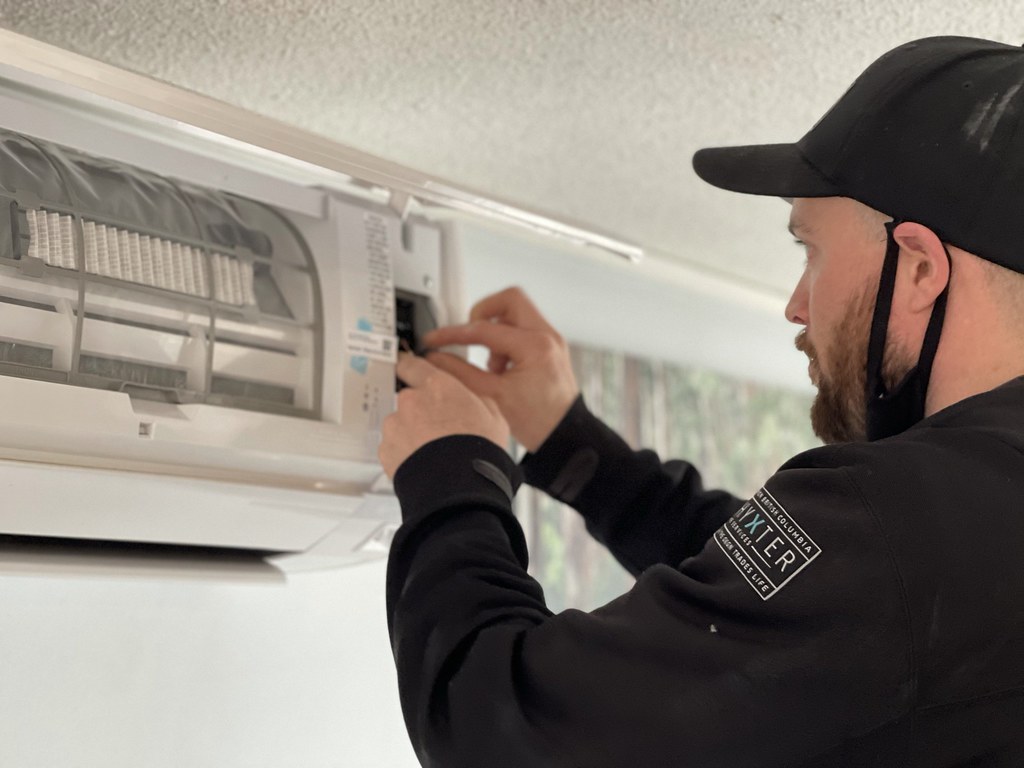
Have a look at: 7 Best 120V Heaters for Garage
Radiant Heating
This luxurious option delivers gentle, even warmth through heated floors or walls, perfect for those used as living spaces.
- Pros: Incredibly low operating costs. Silent operation. Even heat distribution prevents hot and cold spots.
- Cons: Expensive to install. Installation can be intricate, especially for flooring. Moisture build-up risk on surfaces.
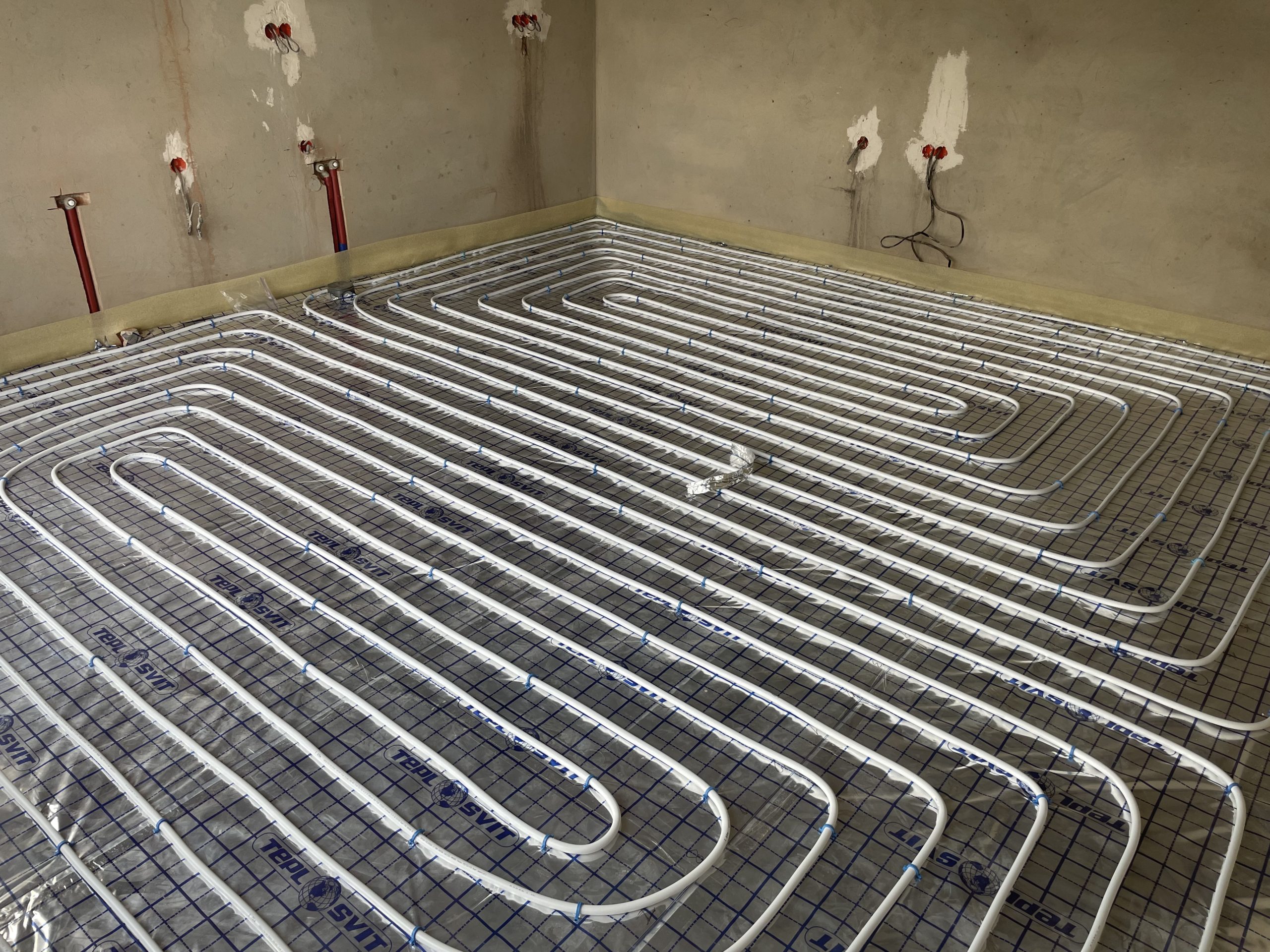
So, which champion reigns supreme? It depends on your priorities:
- Occasional Use: Electric space heaters or radiant heaters can provide quick bursts of localized warmth.
- Regular Workbench Warriors: Combustion heaters for quick heat or wood stoves for sustained warmth work well, with proper ventilation.
- Budget-Conscious Comfort: Electric space heaters or radiant heating are efficient choices.
- Eco-Friendly Champions: Consider heat pumps or radiant heating for optimal energy efficiency.
Beyond the Heat
Remember, efficiency extends beyond the heating source:
- Seal the Leaks: Invest in weatherstripping and door seals to prevent drafts and heat loss.
- Harness the Sun: Position windows strategically to capture natural light and warmth during the day.
- Ventilation: Proper ventilation is vital to prevent moisture buildup and maintain air quality, regardless of the heating method.
- Programmable Power: Utilize timers and thermostats to avoid heating an empty garage.
- Combine Champions: Layer options like a primary heater and targeted radiant heat for specific work areas.
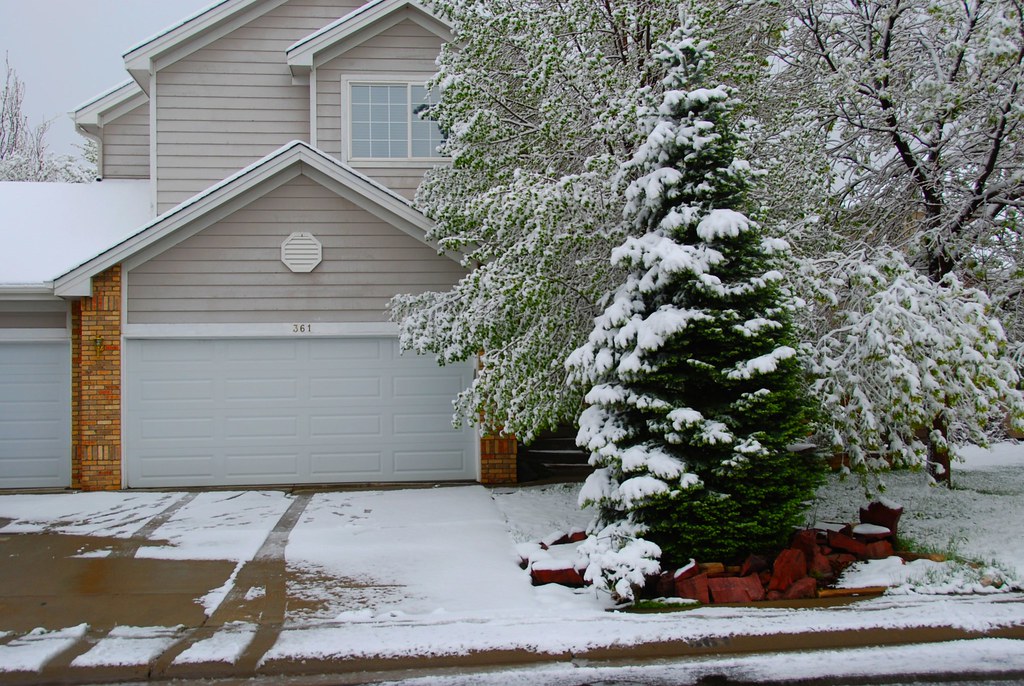
You may also check: Garage Heaters Placement Rules (Electric, Propane, Infrared)
Cheapest Way To Heat A Garage In Winter
We’ve found a few options that may be considered budget-friendly. Here they are:
Wood-Burning Stove
If your goal is to find the most affordable options, we certainly have one. But it won’t be for everyone. We’ll be listing a few other options below, but this one beats them all if we’re talking price. It starts at around $1,5K.
Pros:
- Compared to other heating options, wood-burning stoves are undeniably economical. Fueling your fire with readily available firewood eliminates ongoing energy costs, potentially making it the most cost-effective solution for frequent use.
- Unlike fossil fuel-powered heaters, they utilize a renewable resource – timber. If sourced responsibly, this can align with your eco-conscious values and contribute to a more sustainable heating solution.
- They radiate warmth far and wide, effectively heating even large spaces for extended periods. This sustained heat creates a truly cozy and inviting atmosphere, perfect for tinkering on projects or simply enjoying the winter wonderland from within your warm cocoon.
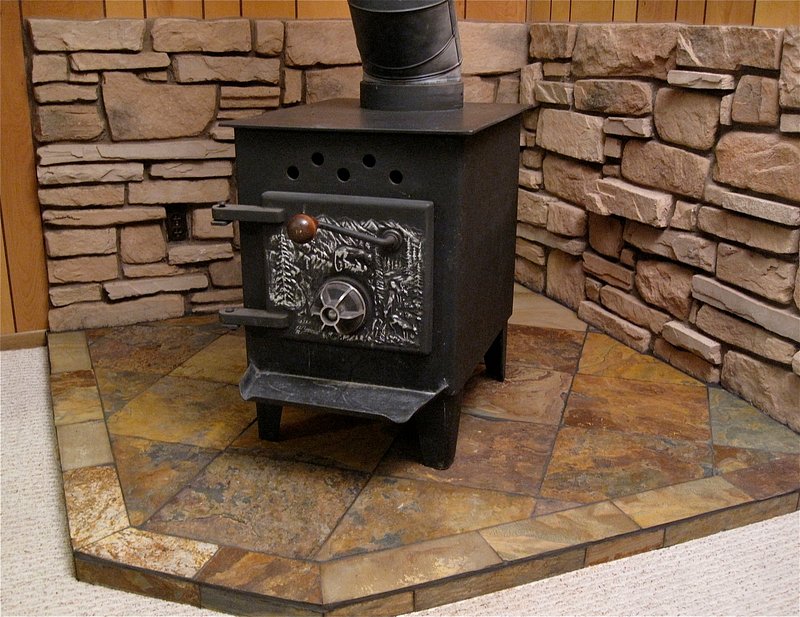
Cons:
- Insurance worries: It can potentially void your homeowner’s insurance policy. Always check with your insurance company first to avoid any nasty surprises down the line.
- Cleaning: a perpetual waltz with ash: Maintaining one requires dedication. Regular cleaning of the chimney and flue is crucial to prevent the buildup of soot and creosote, which can pose both fire hazards and health risks. Prepare to embrace the routine of ash removal and chimney sweeps or factor in professional cleaning costs.
- The fiery dance of danger: The allure of a roaring fire can be mesmerizing, but remember, you’re dealing with raw heat. Feeding the flames can be tricky, especially when the garage is already warm. Exercise caution and never leave the stove unattended, especially if children or pets are around.
Responsible Use
If the allure of affordability persists, consider these steps to ensure a safe and successful wood-burning experience:
- Seek approvals: Before installation, obtain any necessary permits from your local municipality.
- Insurance first: Contact your insurance company and confirm that installing a wood-burning stove in your garage won’t jeopardize your policy.
- Safety first, always: Install your stove only in a designated location, ensuring proper clearances from walls and combustible materials. Invest in firewalls and heat shields if necessary.
- Maintenance matters: Dedicate yourself to regular cleaning of the chimney and flue. Consider professional cleaning at least once a year.
- Responsible firing: Use only dry, seasoned firewood, and never overload the stove. Always supervise the fire, especially with children or pets around.
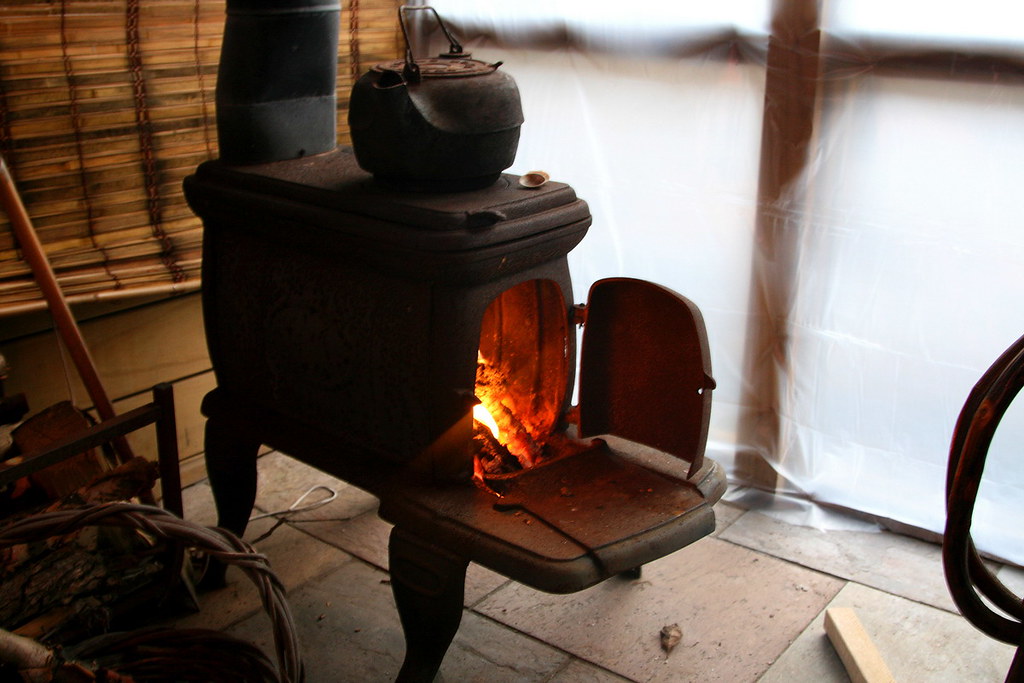
Insulation
The cost ranges from $2K to $6K.
- Pros: Incredibly affordable, with no ongoing costs after installation. Easy to install yourself for windows and doors. The door insulation requires slightly more effort but is still doable.
- Cons: May not be sufficient in areas with extreme cold. Doesn’t offer precise temperature control.
Space Heaters
These offer quick and convenient warmth, ideal for occasional use or targeted areas. Think: of tinkering on your car or enjoying a short winter workout session. The costs start at $2K on average.
- Pros: Energy-efficient models won’t significantly impact your electric bill. Can be used indoors too. No ventilation is needed.
- Cons: It takes longer to heat large garages compared to other options. Limited outlets might be a hurdle. Less practical in uninsulated spaces.
Radiant Heating

This option delivers gentle, even warmth through heated floors or walls, perfect for garages used as living spaces. It costs more than others, starting at $7K, but the pros may make it suitable for you.
- Pros: Incredibly low operating costs. Silent operation. Even heat distribution prevents hot and cold spots.
- Cons: Expensive to install. Complex installation, especially for floor systems. Moisture build-up risk on surfaces.

